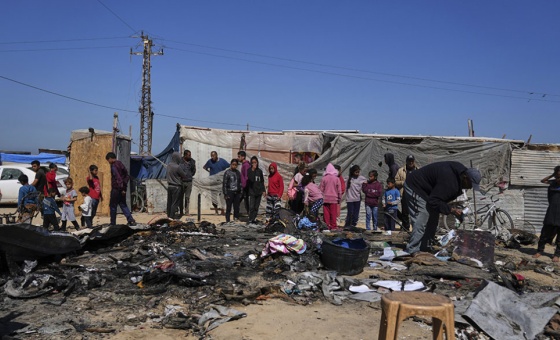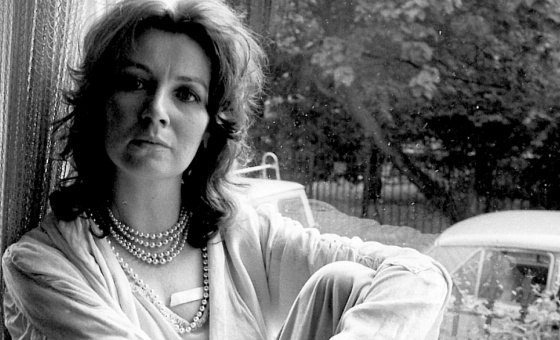This is the last article you can read this month
You can read more article this month
You can read more articles this month
Sorry your limit is up for this month
Reset on:
Please help support the Morning Star by subscribing here
MARCH 8 was designated International Women’s Day in 1910 by the German communist Clara Zetkin to promote equal rights for women.
Women’s Day in 1917 was a momentous occasion.
Women from the factories thundered onto the streets of Petrograd. They surged up the Nevsky Prospekt and charged over the Neva bridges, a mass of working women demanding bread for their families. Their banners and placards thrust high, proclaiming: “Our children are starving,” “Give us bread now,” “We want bread.” Revolutionary fervour filled the air, and women were at the heart of it.
The New Factory of the Eccentric Actor will be celebrating International Women’s Day on March 8 at the Marx Memorial Library at 7.30pm with an evening of readings, poetry, songs, and a few surprises, plus tea and cakes. The New Factory will return to the library on May 12 at 7.30 for a performance of Blue Blouse, a tribute to the heroes of the Blue Blouse Movement.
Blue Blouse was founded in 1923 by Boris Yuzhanin an instructor at the Moscow Journalism Institute, and named after the factory workers’ overalls. It was often described as a “Living Newspaper.”
This is how the Blue Blouse defined itself: “Blue Blouse is a form of agitation, a topical theatre born of the revolution, a montage of political and general phenomena presented from the point of view of the class ideology of the proletariat.
Blue blouse is a juicy hard-hitting and mobile theatre performing under any conditions.”
This was a period of astounding ambition and optimism in the arts. Revolutionary zeal inspired artists of all kinds to seize the moment and create new forms, and the Blue Blouse embodied this spirit.
Exciting, informative and stimulating, the role of the Blue Blouse was to prepare audiences for “the new social conditions being developed in the Soviet Union.”
The Blue Blouse was a living newspaper at a time of widespread illiteracy, a popular news review that included everything from topical issues, sport, dance, poetry, magic tricks, acrobatics and sketches, to tableau vivant and scenes from history.
It’s 1924 as a covered train pulls into the station at Odessa. An eclectic group of people spill onto the icy platform, one carries an accordion, another a large roll of canvas. A tall man in a battered overcoat is holding up a sign saying “Blue Blouse.” The troupe hurry along to meet him — “Welcome to Odessa, I am here to escort you to the Krasnaya Canteen for your performance tonight. A hot meal is waiting for you.” A loud cheer goes up and the Blue Blouse collective disappear into the dusk.
Tomorrow they will be back on the train criss-crossing the countryside to spread the word of the revolution. Wherever the Blue Blouse went, it left not only enduring memories, but also new groups.
At the height of its popularity there were said to be 5,000 collectives with 100,000 members. They thrived between 1923 and 1927, after which they were subsumed by the Workers Youth Theatre.
- On March 8 at 7.30pm the Marx Memorial Library will host Revolutionary Readings from the New Factory of the Eccentric Actor on International Women’s Day.








